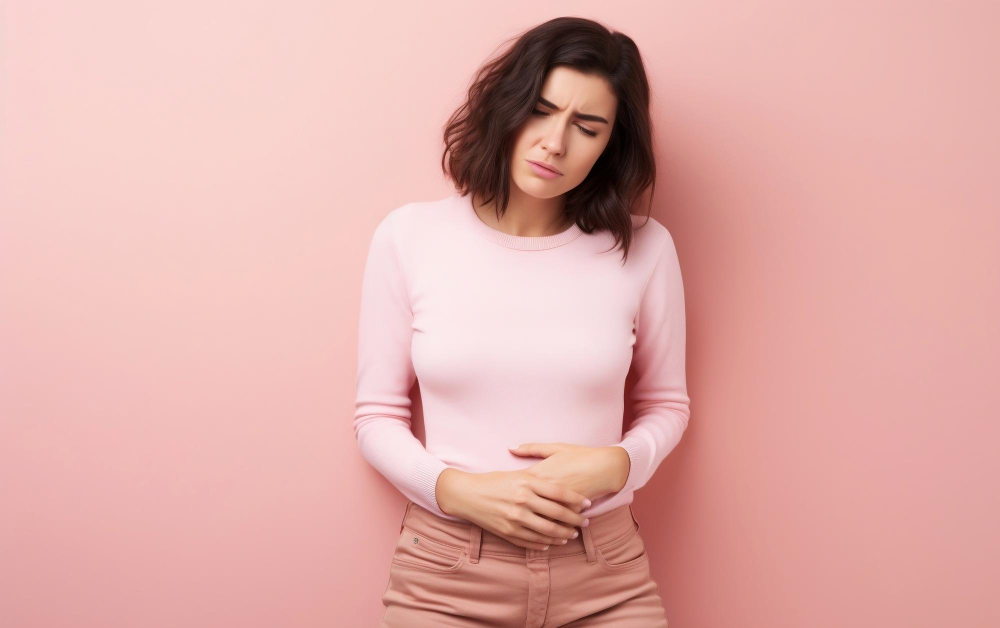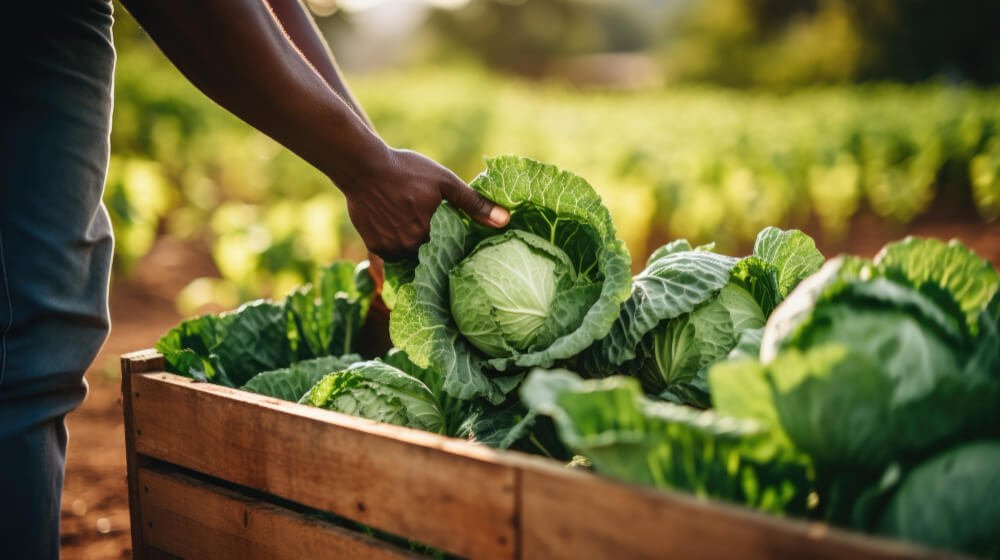Balancing a woman’s hormones is a never-ending battle during our entire lifetime.
Unfortunately, no one-size-fits-all approach exists, and every woman is affected differently.
But there is one nutrient that is responsible for many health benefits, including protection from cancer. It’s an antioxidant and anti-inflammatory compound that’s found in cruciferous vegetables.
You have probably heard about these vegetables repeatedly -and I write about them a lot.
Cruciferous vegetables are kale, broccoli, and cauliflower.
The key nutrient I’m talking about here is sulforaphane, which is found in all cruciferous vegetables.
Sulforaphane Is an anti-inflammatory and high-antioxidant compound, and its benefits extend beyond health — mainly female hormones.
Our bodies need to detoxify regularly, and sulforaphane promotes increased enzymes to help turn toxins into safer products that our bodies can naturally eliminate during detoxification.
We’re just helping our bodies to work more efficiently.

Women’s monthly monsters
When women’s estrogen levels are out of balance, it can lead to excessive amounts of estrogen in the body.
This results in heavy periods, mood swings, weight gain, and sore breasts.
We need more than one strategy to balance, but using cruciferous vegetables for their high Sulforaphane content is a great way to start the process.
We can use sulforaphane to detoxify the body of excess estrogen and promote balance — while protecting us from disease at the same time.

What about menopausal symptoms
Sulforaphane, a powerful compound found in cruciferous vegetables, holds significant importance for menopausal women due to its potential to address various health concerns associated with this life stage.
Research suggests that sulforaphane exhibits anti-inflammatory and antioxidant properties, which can be particularly beneficial during menopause when hormonal fluctuations may contribute to increased oxidative stress and inflammation.
A study published in the journal Oxidative Medicine and Cellular Longevity highlights the potential of sulforaphane in reducing oxidative stress and inflammation markers, offering a promising avenue for managing symptoms associated with menopause.
Sulforaphane’s Role in Hormone Regulation
Hormonal changes during menopause, characterized by a decline in estrogen levels, can impact bone health.
Sulforaphane has been identified as a potential modulator of estrogen metabolism.
A study published in The Journal of Nutrition suggests that sulforaphane-rich broccoli sprouts may enhance estrogen metabolism, promoting a balance that supports bone health in menopausal women. This aspect becomes crucial as the risk of osteoporosis increases during and after menopause.

Best Sulforaphane Vegetables for Menopausal Women
Incorporating sulforaphane-rich vegetables into the diet is key for menopausal women to harness its potential benefits. Broccoli and broccoli sprouts stand out as exceptional sources of sulforaphane.
A study published in the Journal of Agricultural and Food Chemistry underscores the high sulforaphane content in broccoli sprouts compared to mature broccoli, emphasizing the potential of these sprouts as a concentrated and accessible source of this beneficial compound.
What are the key foods, and how do you cook them
Ensuring you eat the right amount and cook cruciferous veggies properly will ensure you get the best out of them.

Here is a basic list of all the essential cruciferous veggies available.
- broccoli
- collard greens
- mustard greens
- cauliflower
- bok choy
- cabbage
- kale
You will get the most sulforaphane levels if you can handle eating your broccoli raw.
The problem is your gut might not be able to absorb it.
Heating slightly increases how much of it you absorb and then use. Baking or boiling at high heat and for too long will break down our valuable sulforaphane.
Steaming for less than five minutes is enough — for all the alternatives above.
People with hypothyroidism should be careful when it comes to cruciferous vegetables.
However, you would have to eat bucketloads to become affected. But, to be safe, tread carefully but still lightly steam your veggies to help eliminate some of that goitrogen.
You can take sulforaphane in supplement form, which is great for those who suffer from IBS and can’t eat many cruciferous vegetables. Here is one you can try.
Key take away
Cruciferous veggies are important for all of us, but they can benefit women greatly, especially concerning estrogen dominance and menopause.
Cruciferous vegetables have powerful antioxidants and anti-inflammatory effects that help protect our cells while reducing the risk of disease and cancer.
Overall, cruciferous veggies promote better health and longevity.
